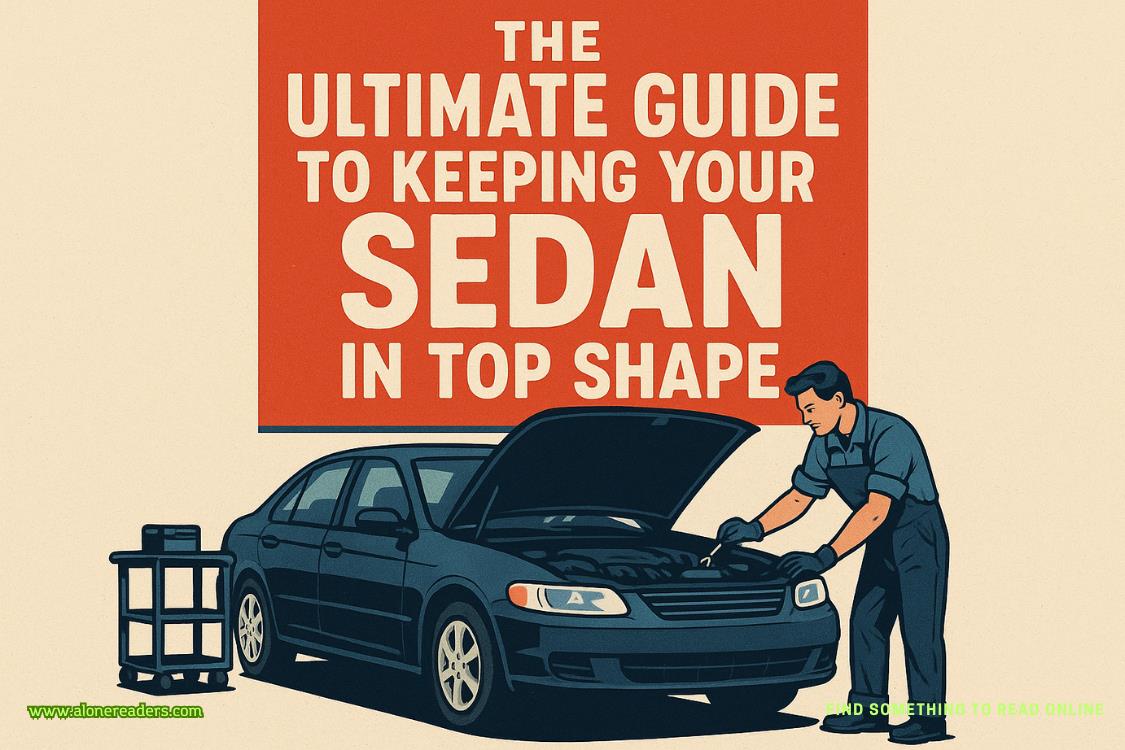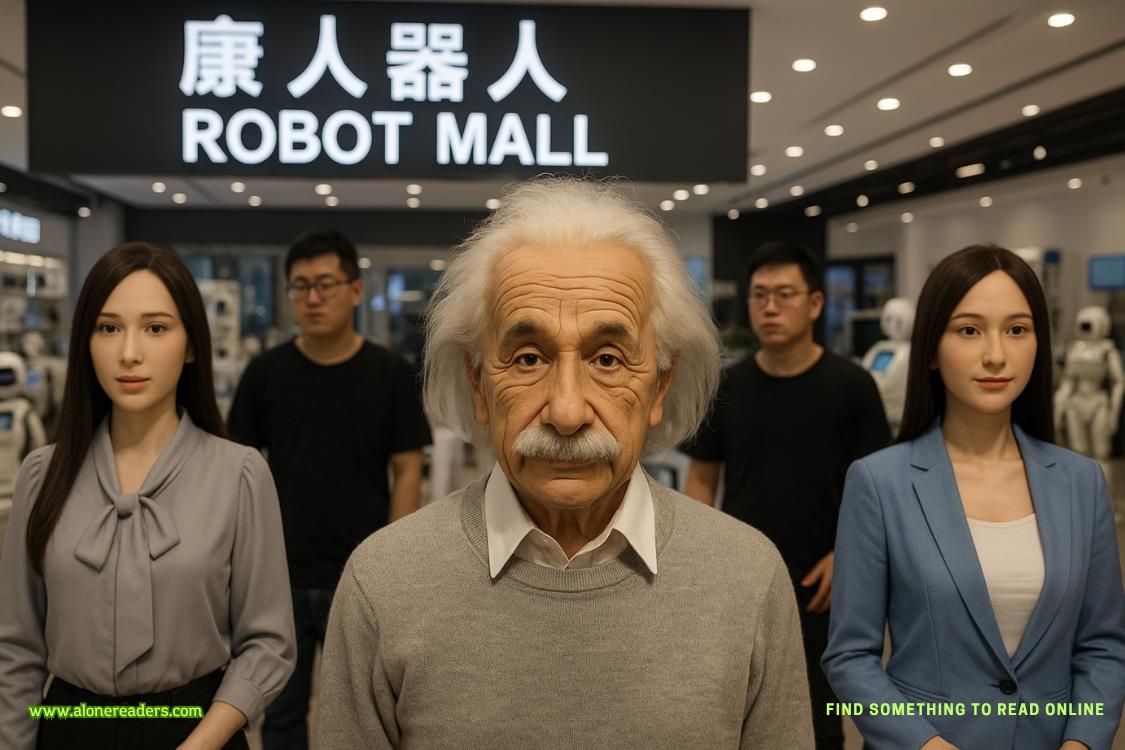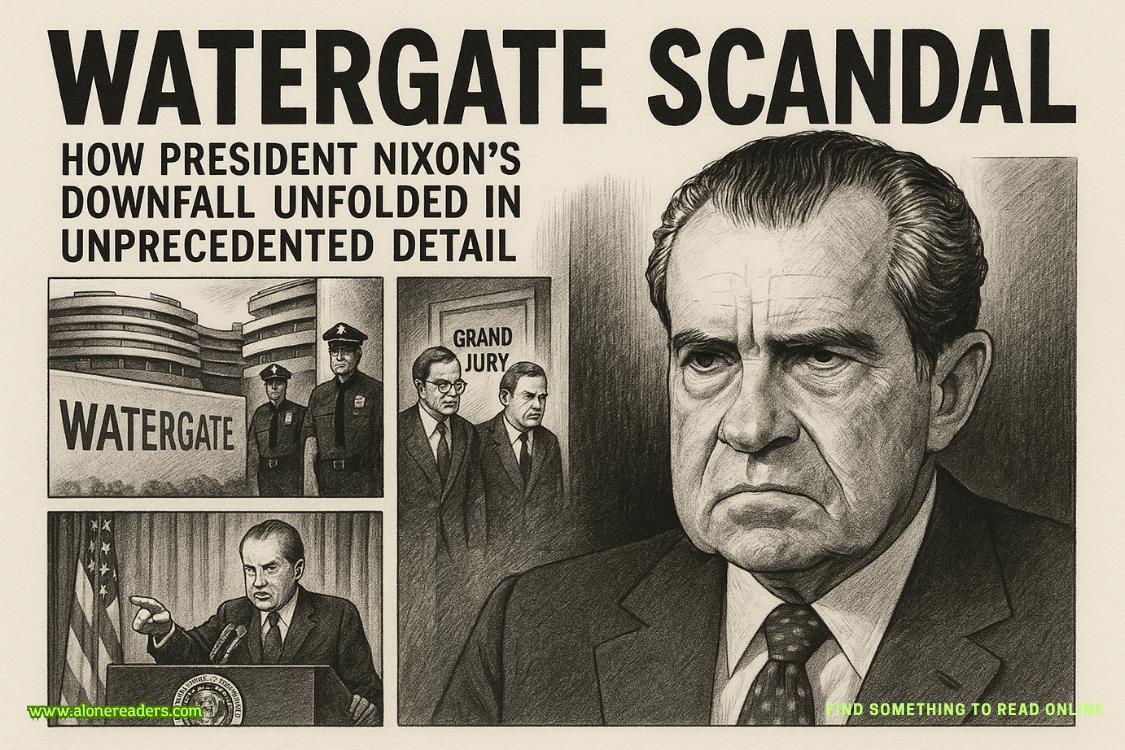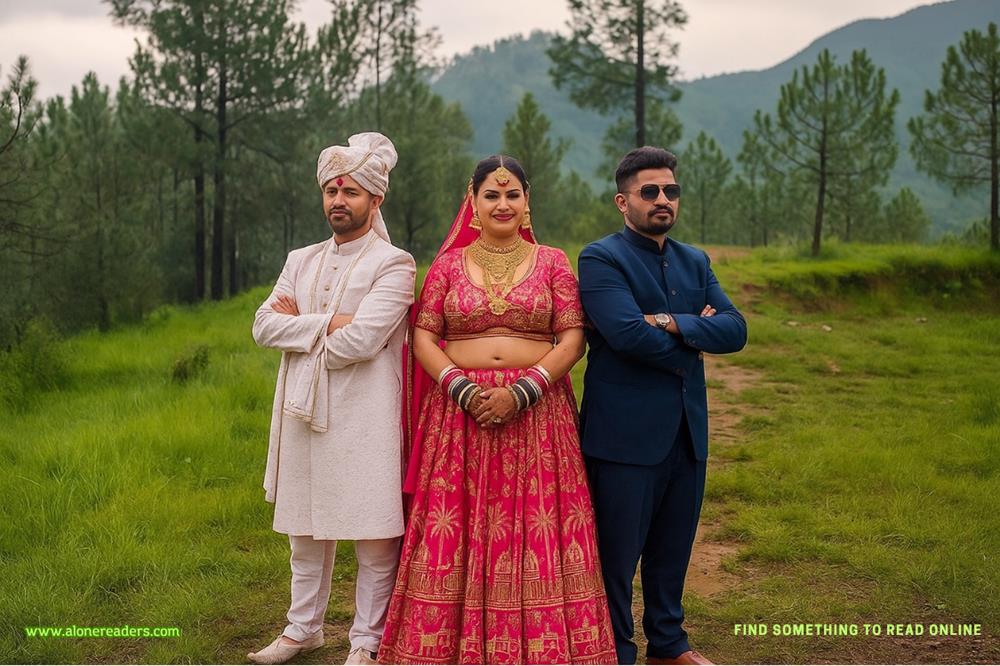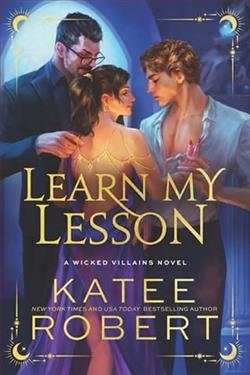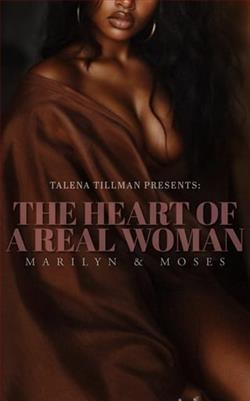Page 6 of Badlands
GRADINSKI LED THEway, heading toward the prominent landmark, the spire of black rock. The others fell in line behind and started along the hard, dry wash, weaving among the strange hoodoo rocks and sandstone spires of the badlands. The sun cast long shadows. It was still hot, but they made good time—better than Corrie had anticipated. In twenty minutes, they arrived.
“All right, men, let’s get to work,” said Gradinski.
Men. Corrie felt her irritation rise again, but she kept her mouth shut and focused on the site.
The skull and assorted bones lay in a gravelly swale that extended to the base of what people were calling the witch’s finger. There was a scattering of prickly pear cacti, shriveled from dryness, and some other desert plants Corrie couldn’t identify. Off to one side the drone sat in the sand like a squat spider.
The skull was lying face up, hollow eyes staring into the sky, jaws wide. Bones lay scattered around it on the gravelly ground—a pelvis, long bones, several segments of vertebrae, a partial ribcage. Next to the skull was a mass of blonde hair.Corrie could see signs of animal disturbance—teeth marks, gnawing—on the bones.
She could hear Gradinski in the background, issuing directions to the two technicians. They spread out and began taking photographs, planting little flags, collecting bones, and placing them in evidence envelopes or containers. They worked fast and, Corrie noted, professionally.
She decided to make a circuit of the site, checking the perimeter. Almost immediately, south of the body, she discovered partially buried and much tattered what looked like a pair of lace panties. Heading along the swale in the same direction, she spied another piece of clothing—khaki shorts. Corrie continued south away from the rock, encountering the remains of a shirt, and then a sock, one withered running shoe, then another.
All in a line.
A strange feeling crept over her. These clothes had not been scattered randomly by animal activity or wind; they had been intentionally discarded. The victim, it seemed, had methodically removed her clothing as she approached the place where she died—or was killed.
She strolled back to where Gradinski was working. He was kneeling over a femur that was partly buried, brushing sand away.
“Mr. Gradinski?”
“Yes?” He didn’t look up.
“The victim’s clothes appear to have been discarded in a line—”
He raised his head reluctantly from his work. “Excuse me, Agent Swanson? I was distracted.”
“I was saying that the victim’s clothes appear to have been discarded down that swale, one piece at a time. In a straight line. I want to make sure you and the team map, photograph, and collect them.”
“Naturally.” He turned back to his work.
Corrie continued circling the site but found nothing more of note. She returned to watch the ER team as they searched the ground for every little bone. Now, scanning the site more closely, she noted how empty it was of evidence. When dead bodies were discovered under suspicious or at least unusual circumstances, there was commonly plenty of evidence to collect: bullet casings, photos of blood spatters, indications of a struggle. But that didn’t seem to be the case out here, in the middle of nowhere: there were just bones and discarded clothes.
Corrie believed that every scene had a story to tell—even one like this—a story that went beyond the bones and physical evidence. In the absence of more obviously relevant items, it was better to simply collect almost everything. Of course, most if not all might be unconnected to the victim—but they weren’t likely to come back here. This would be their only shot.
“Mr. Gradinski?”
He was still kneeling. “Yes?”
“There are a few things I’d like taken as evidence, in addition to the human remains and clothing.”
“Such as?”
“I’d be happy to point them out if you’d care to, uh, stand up for just a moment.”
He rose, a pained expression on his face. “All right. What?”
“Those pieces of decayed wood, there, for starters.”
“But… they’re obviously natural to the environment.”
“Just in case.”
He rolled his eyes. “What else?”
“There’s an old pop-top tab, there. And some of the odd-looking stones closest to the body. Like those two green pebbles near the skull, and that cluster of smooth red and yellow cobblesby the vertebrae, and there are also some flint chips over there—prehistoric, I think—near the pelvis.”
“You want us to collect rocks?”


